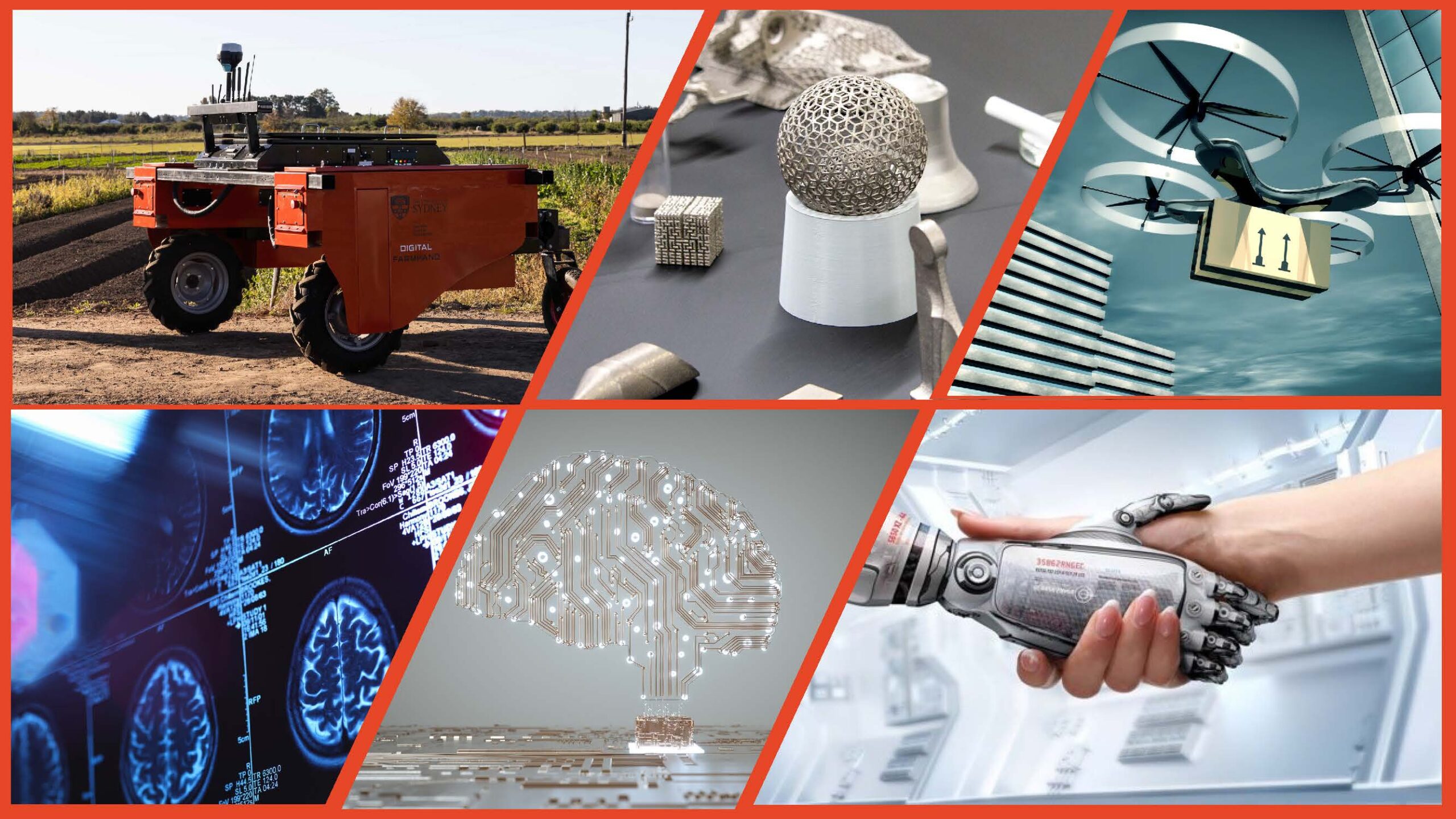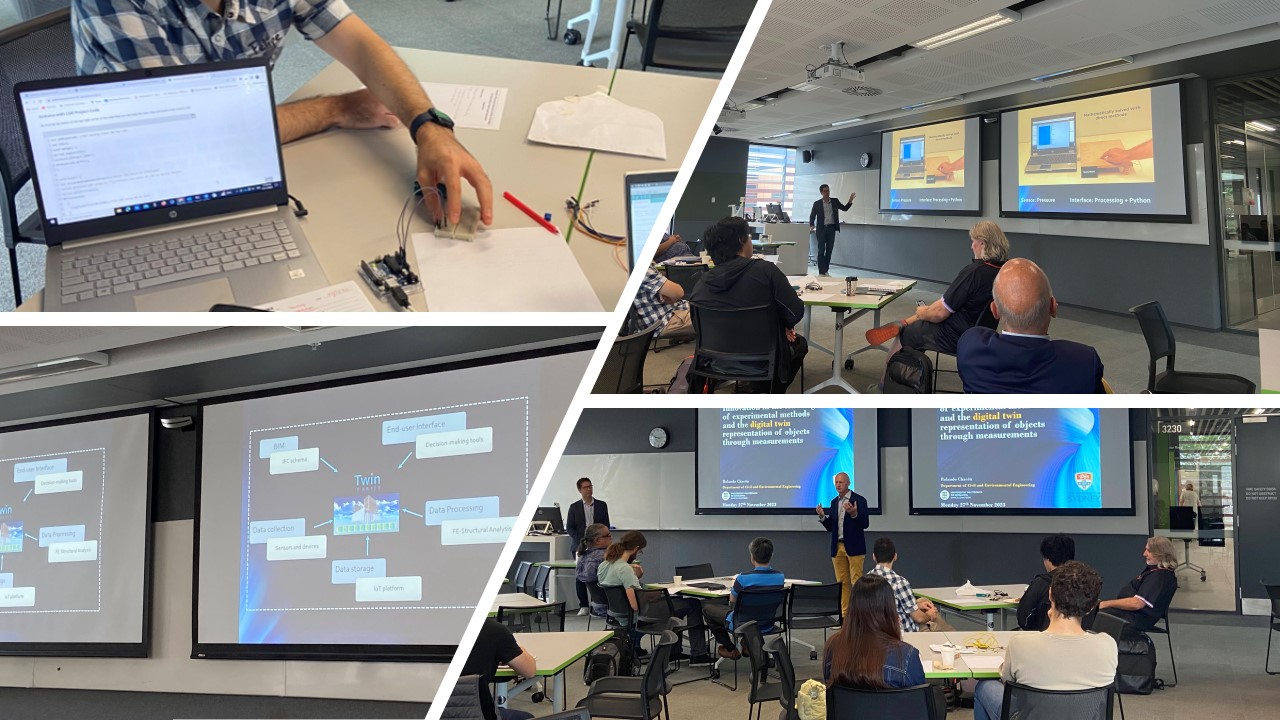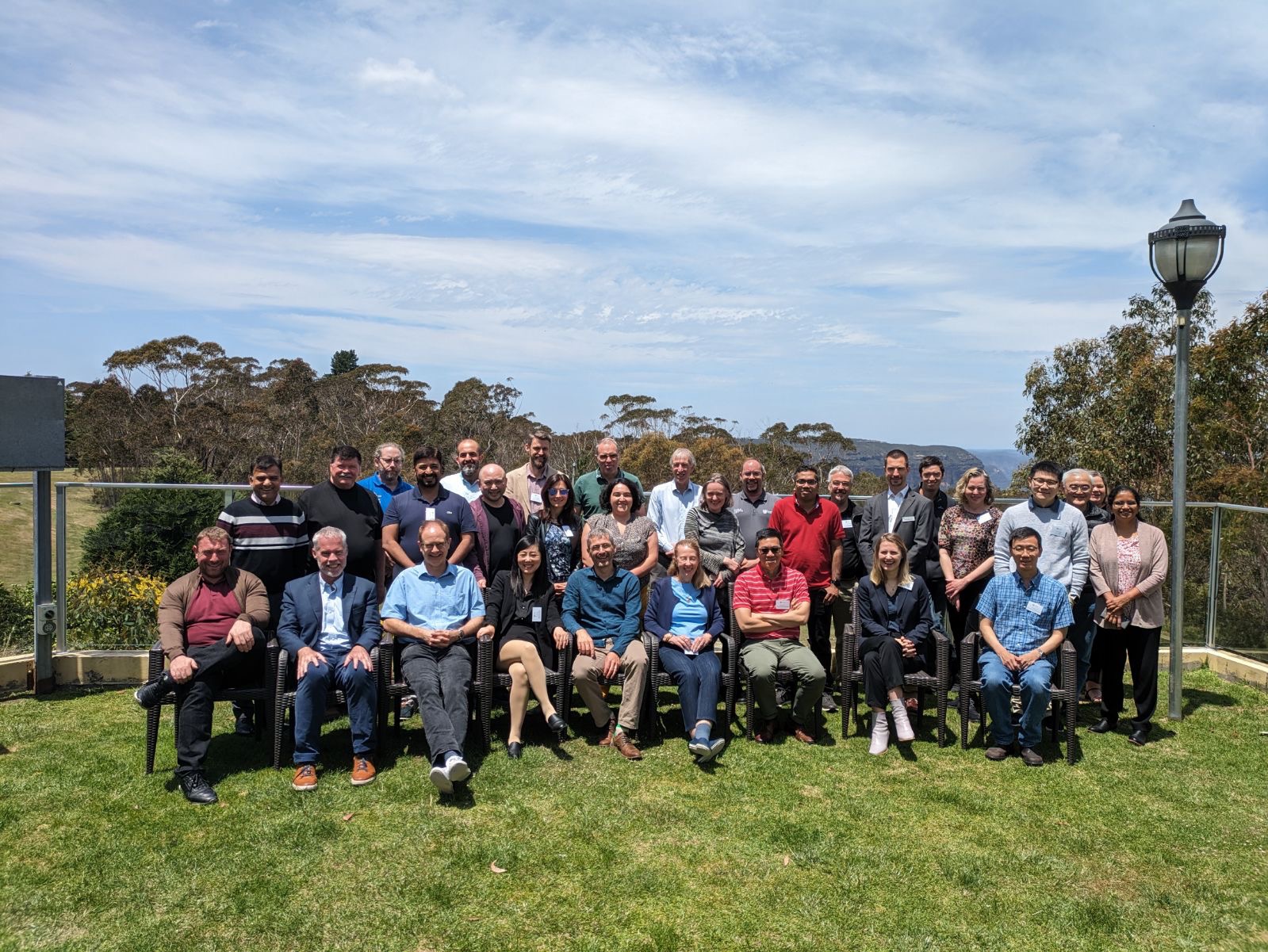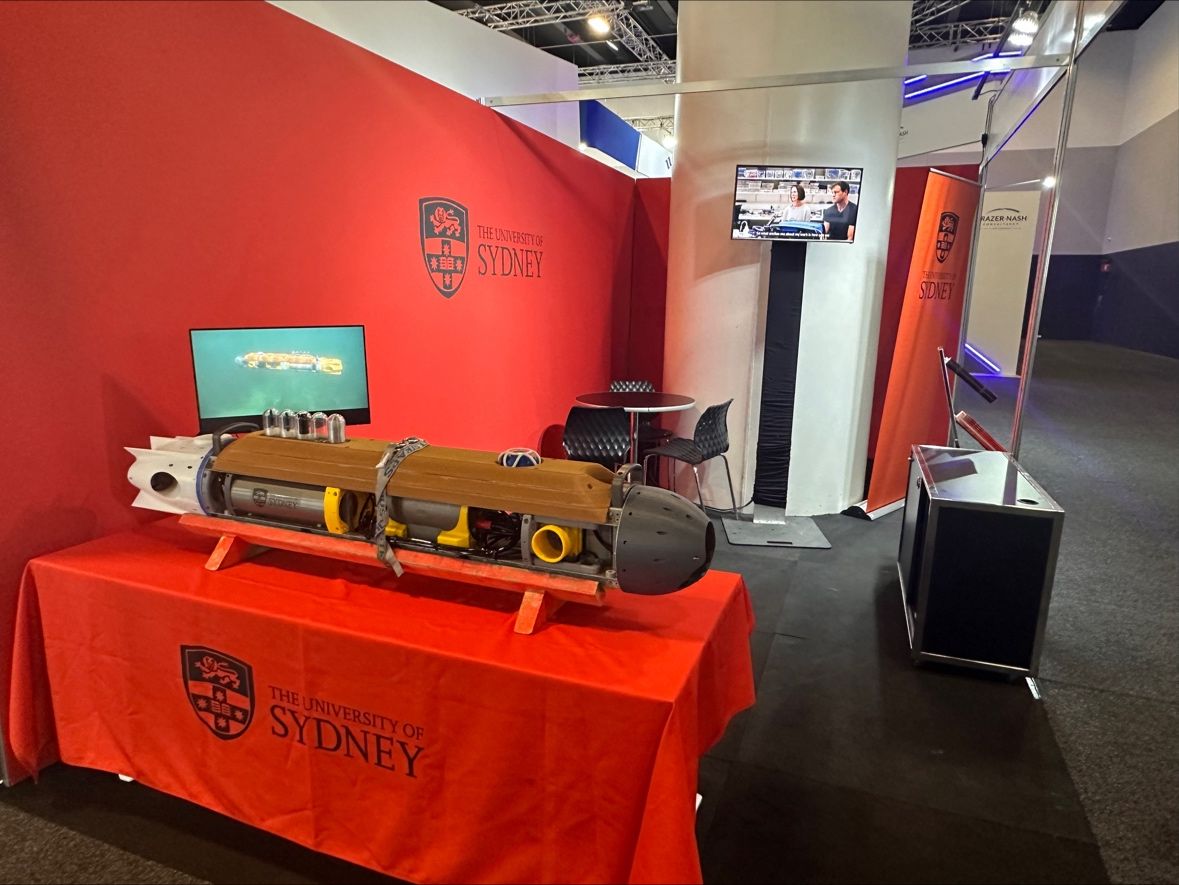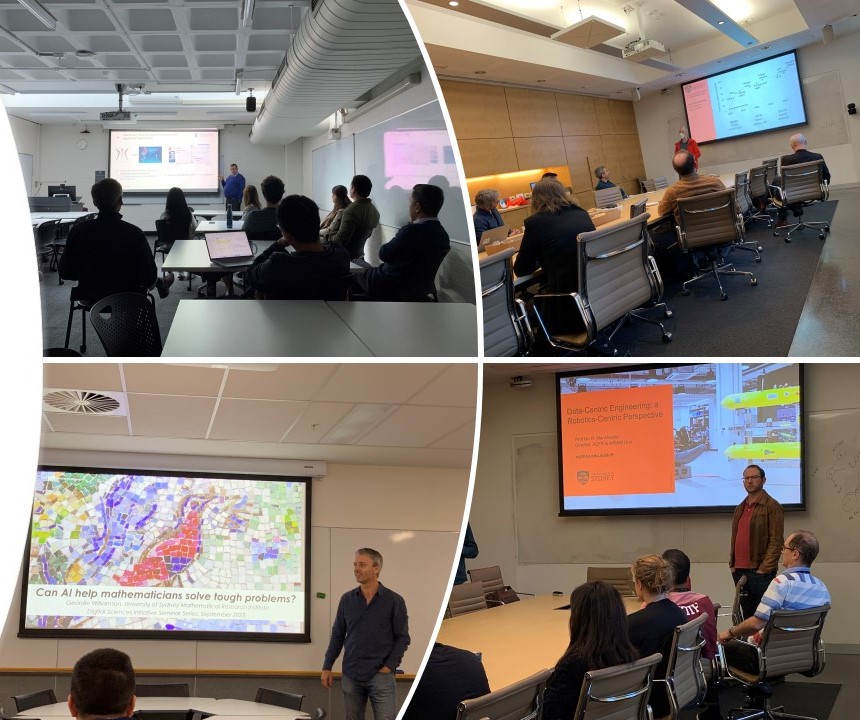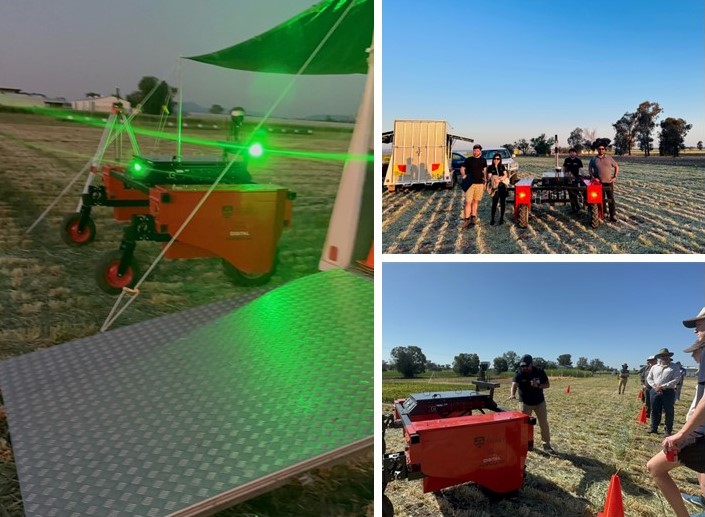Blog title
News & events
-

Sensors for Bridge Defects – Dr. Ali Hadigheh interview
—
in Latest newsSmart Sensors In the real world, it is challenging to monitor the structural deterioration of…
-

Cybersecurity – DSI member interview in SMH
—
in Latest newsScams, Phishing, cyberattacks….! From individuals to organisations, no one is spared. Can AI help handle…
-

Congratulations to our Young Tall Poppy – Dr. Clement Canonne
—
in Latest newsDr. Clement Canonne (School of Computer Science) received the NSW 2023 Young Tall Poppy Science Award “Tall…
